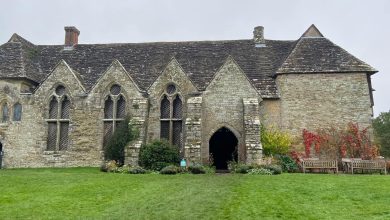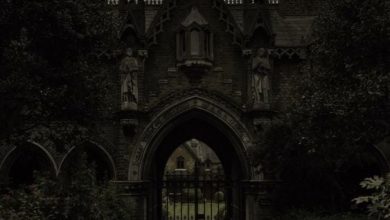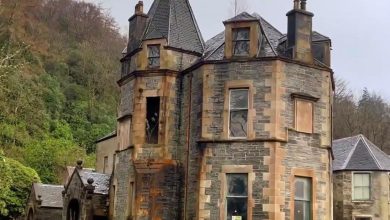The conservatory at the abandoned Dunnington Mansion
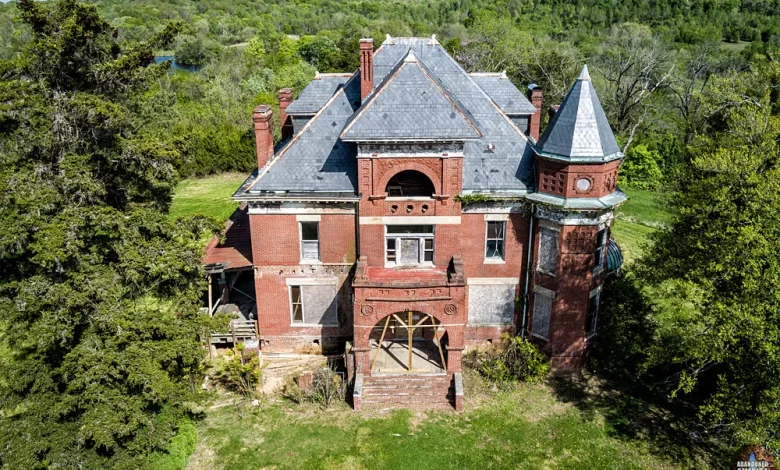
There’s a particular sort of melancholy in an abandoned house. Perhaps it’s related to hireath, the Welsh word for a deep longing and nostalgia for something lost forever – a homesickness for a place that may not even exist. You can feel the echoes of the people who once breathed life into the building and run your hands along the same walls that they once did, but the light and laughter that you imagine were once there have vanished. Since you likely never knew the place, that past is a projection of your unique and idealized vision of the concept of “home.” Maybe, standing there in an empty foyer with sunlight streaming in through boarded windows, you know it’s an illusion. But that doesn’t make it any less potent.
Dunnington Mansion in Farmville, Virginia, is precisely that sort of place. I was invited to photograph it by Heather Beach, founder of the Dunnington Mansion Foundation – a nonprofit working desperately to save the gorgeous Romanesque Revival not only from the ravages of time and vandalism but also careless redevelopment. Heather, a Small Animal Veterinarian, fell in love with the mansion after seeing online photos of it in 2021 and has since been tirelessly championing the battle to restore Dunnington. She solicited the help of artists, filmmakers, and photographers to spread the word about DMF’s efforts and launched an ambitious eleventh-hour GoFundMe campaign to purchase and stabilize the property. Time is running out, however. Whether or not Dunnington will survive as an opportunity to learn about history, culture, and architecture is very much in the air
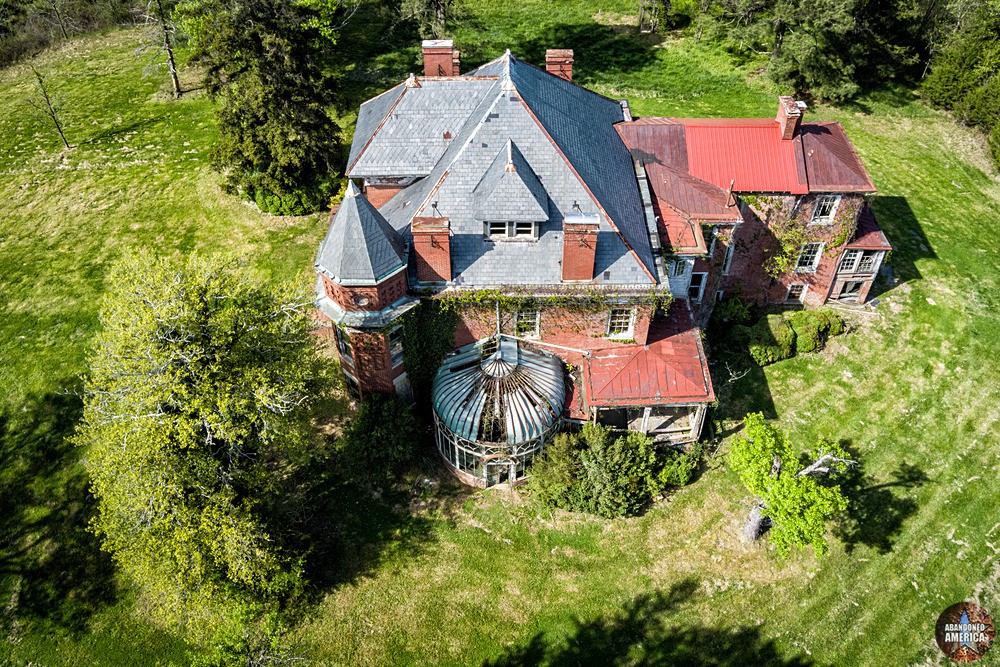
A side view showcases both the observatory and the original 1840 section at the rear of the home
Dunnington Mansion is tucked away in the middle of The Manor Golf Club. It’s more than a bit incongruous; as you face it, you can see the clubhouse with golf carts parked outside just down the road, surrounded by neatly manicured fairways. Walking up a long and presumably very tick-infested path where the driveway used to be, you come to the remains of a small, overgrown gate, which now has a prominent sign warning would-be trespassers that the property has video surveillance. Beyond that lies the mansion itself, its looming red brick façade punctuated by a sagging entryway propped up by wooden beams. On the right, there’s a stately turret, and around the corner, you’ll find a breathtaking conservatory built onto the side of the building, snarled in vines. You’ll also note that even though the building appears large upon your first impression, the back stretches further than you might expect. This deceptive scale is because the “newer” front of the mansion, built in 1897, was a significant addition to the original 1830 home.
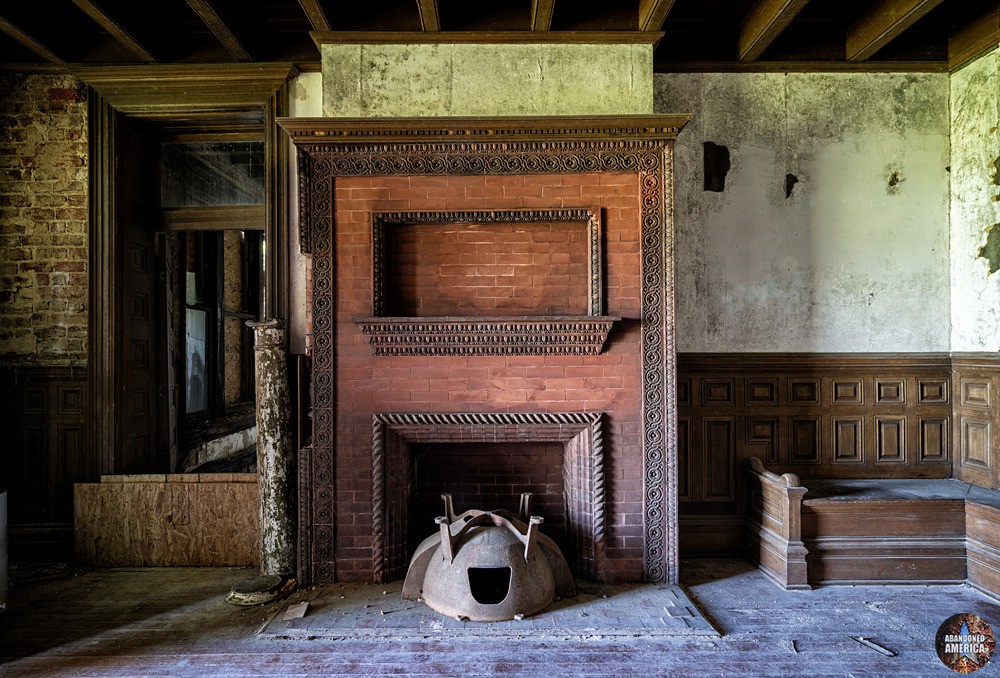 \
\
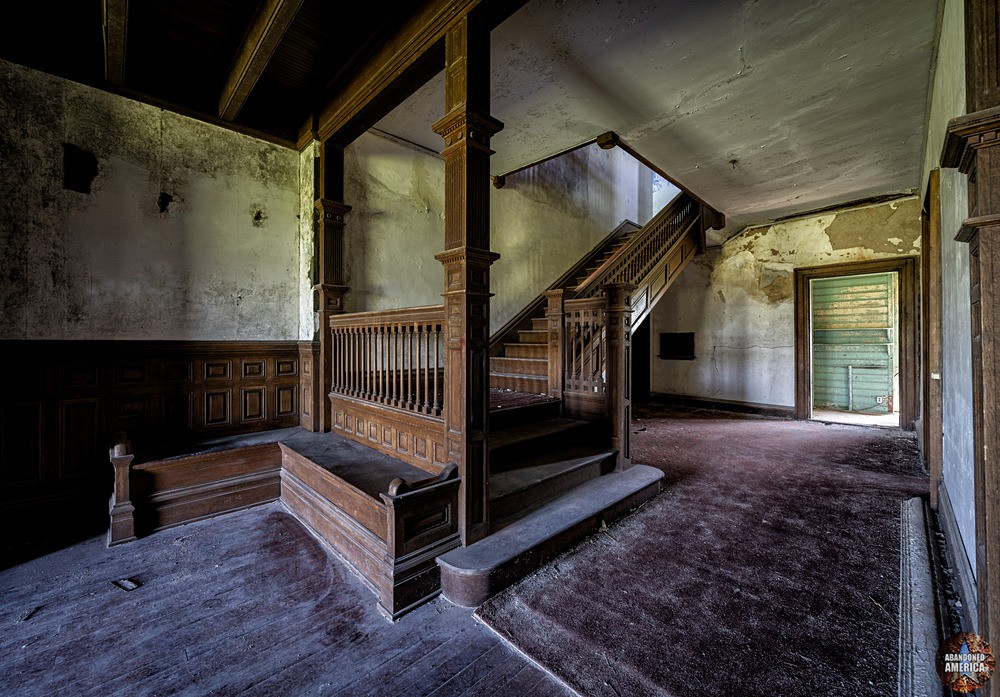
The property on which Dunnington Mansion is situated was originally purchased by Richard Woodson from King George II in 1743. Woodson built a farm he called Poplar Hill on the 1,152-acre property and lived in a wood home. After he died in 1775, his land was passed on to his daughter, Agnes Woodson Watkins, and her husband, Francis Watkins. When Francis passed away in 1826, the property was passed on to his daughter and her husband, Frances and James Wood. Around 1830, they built a new brick home.
There are many variations on the name Frances in the lineage, as the Woods’ oldest son Francis and his wife Paulina inherited the property in 1849 and built two modest additions to the home. Sadly, Francis broke the streak by selling the property out of the family in 1860 to Captain John Hughes Knight, an officer in the Confederate army. He willed it to his daughter, India, and her husband, Walter Dunnington.AD
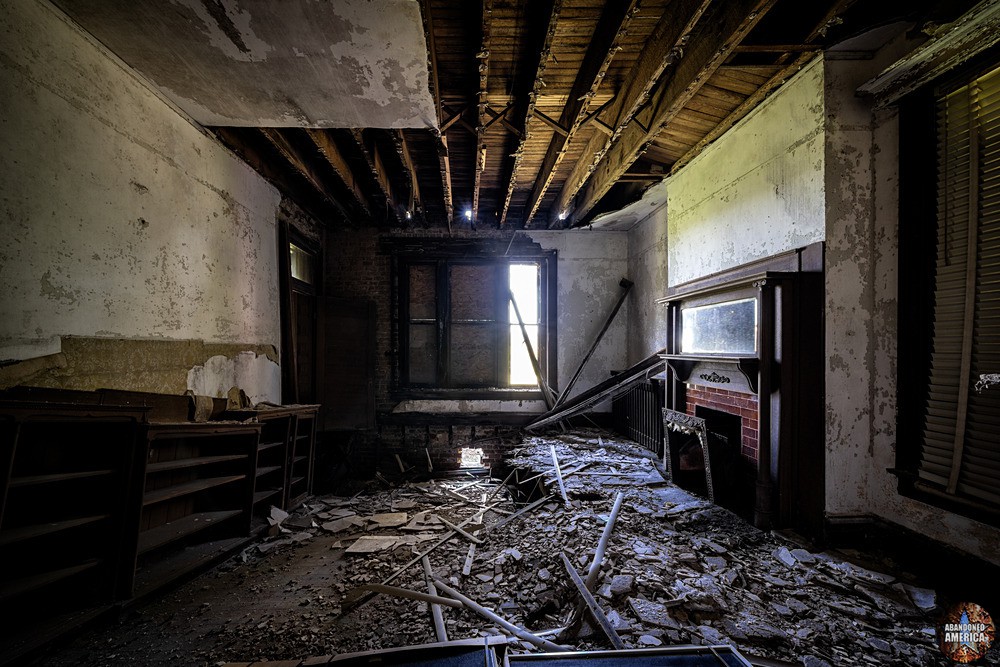
Dunnington, born in Farmville, returned when his mother passed away and claimed control of his father’s tobacco company, W. G. Dunnington and Company. The business flourished under Walter’s stewardship. W. G. Dunnington and Company became a significant tobacco exporter, securing deals with the Italian, Norwegian, and Austria-Hungarian governments. Dunnington forced local farmers to keep prices unsustainably low, which may have led to the destruction of one of his factories by a group of farmers calling themselves the Night Riders. Over a million pounds of tobacco were destroyed in a suspicious fire in 1908, and some thought the Night Riders were behind it. Dunnington also extended his reach into railroads, the local waterworks and power companies, banking, and fertilizer companies (source).
Dunnington majorly renovated his mansion in 1897, adding the conservatory, the tower, and multiple rooms. He died of colon cancer in 1922 and was buried in Westview Cemetery. The estate was willed to his wife, India, who remained there until she died in 1960 at the age of 103. Glen Bolt purchased the property, turned it into a cattle farm, and logged many of the trees. Bolt also upgraded the plumbing, electricity, heating, and décor during this period. Glen’s son Nelson eventually gained ownership of the land and continued operating it as a farm until 2000, when investors approached him with a plan to turn the mansion into the centerpiece of a golf course. Nelson sold them the property, and although they did build the golf course in 2004, the mansion was left to ruin. Control of the mansion passed between several corporations, but the amazing interior was in shambles.
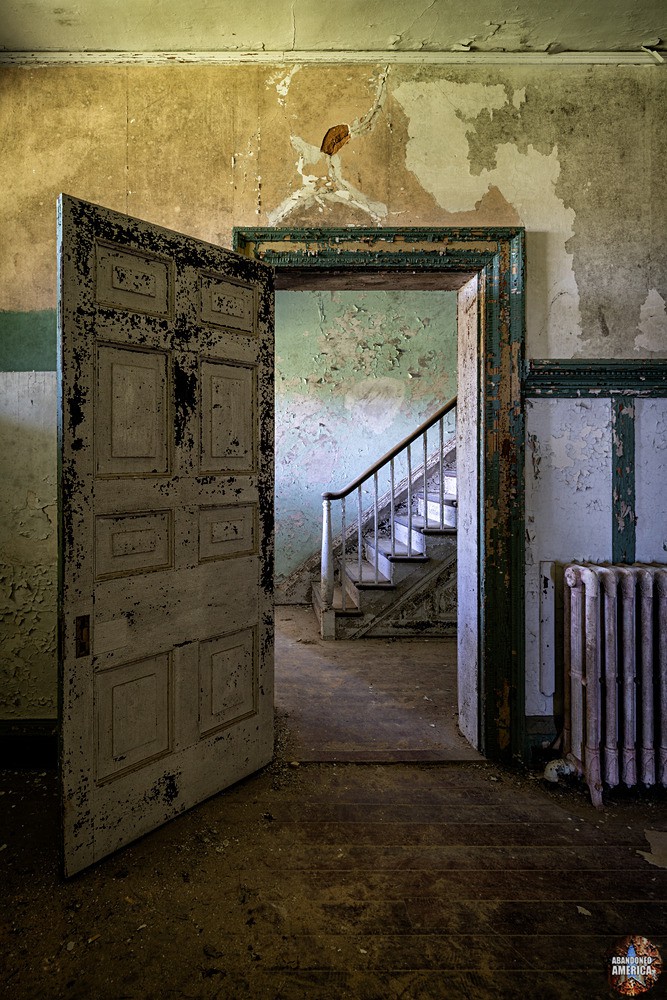
The Dunnington Mansion is currently up for sale again, and the Dunnington Mansion Foundation is mounting a campaign to buy it before it is handed off to yet another owner who may tear it down or neglect it until it collapses. Heather Beach has dreams of turning it into an educational centerpiece for the town, focusing not only on the primary owners but also on the constellation of staff who lived and labored there. To cover costs, it will also host events like weddings and conferences. I’ll confess that if her vision was to glorify a wealthy tobacco baron and his kin, I’d find it hard to support. As she pointed out a small opening in the entryway’s wall where servants in the kitchen could pass food out without being seen, I found myself wondering about who actually made the mansion function. When we lose opportunities to navigate the past through a physical connection to its tangible manifestations, we also lose our platform to share hundreds of untold stories surrounding what we have been taught is the Main Narrative. We may instinctively be drawn to idealizing life in such a stately home, but comparing our assumptions to reality is vital to expanding our knowledge of the past.
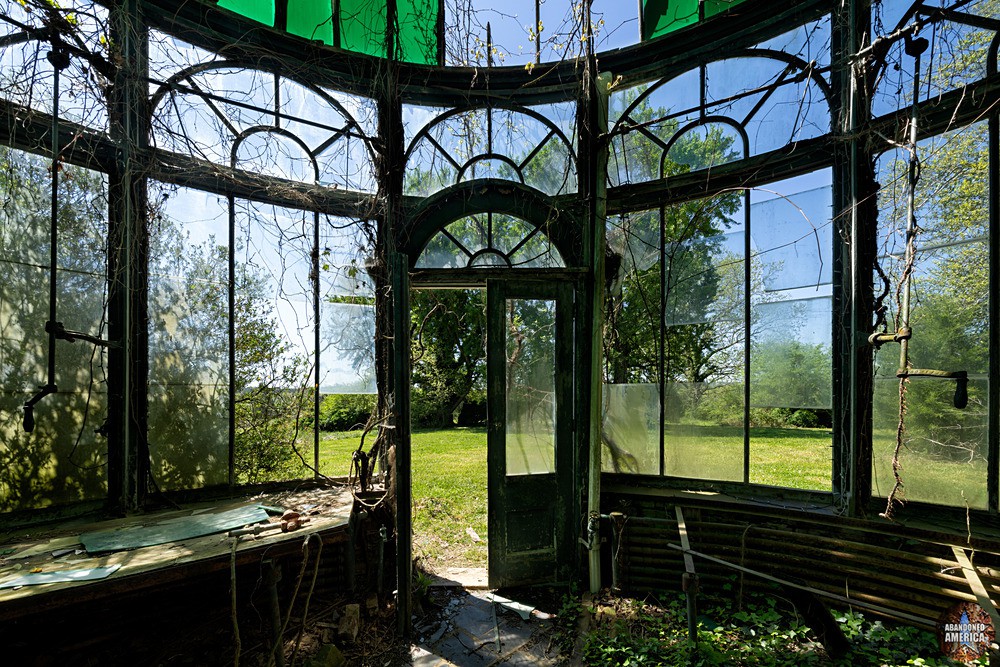
Where I presently live in the Hudson Valley, there are several Gilded Age estates and mansions of artists like Thomas Cole and Frederick Church – many of which were rescued from obscurity or short-sighted redevelopment. They’re now part of the state park service or managed by dedicated nonprofits. Consequently, these spaces now foster the arts and hold music events, create jobs, support local businesses, and provide lectures and educational programs. They give visitors a chance to explore the vast and, at times, contentious history of the region, which in turn broadens their ability to comprehend the greater network of interconnected events that form our national heritage. For example, I find it hard to go to the Vanderbilt Mansion National Historic Site without pondering how one family could hoard so much wealth and land. The fact that this sprawling castle is now open to the general public in a way that it likely never would have been during its days as a residence offers some grim satisfaction: it is now a place that is giving back to the communities rather than taking from them. Your mileage may vary, of course. Seeing Dunnington Mansion in the hands of a nonprofit that would maintain the grounds, allow visitors to marvel at the unique architecture, and dig further into the conflicting stories of ownership and what they say about the American caste system seems infinitely preferable to allowing the private corporate ownership that has proved to be its ruin over the last two decades to continue.
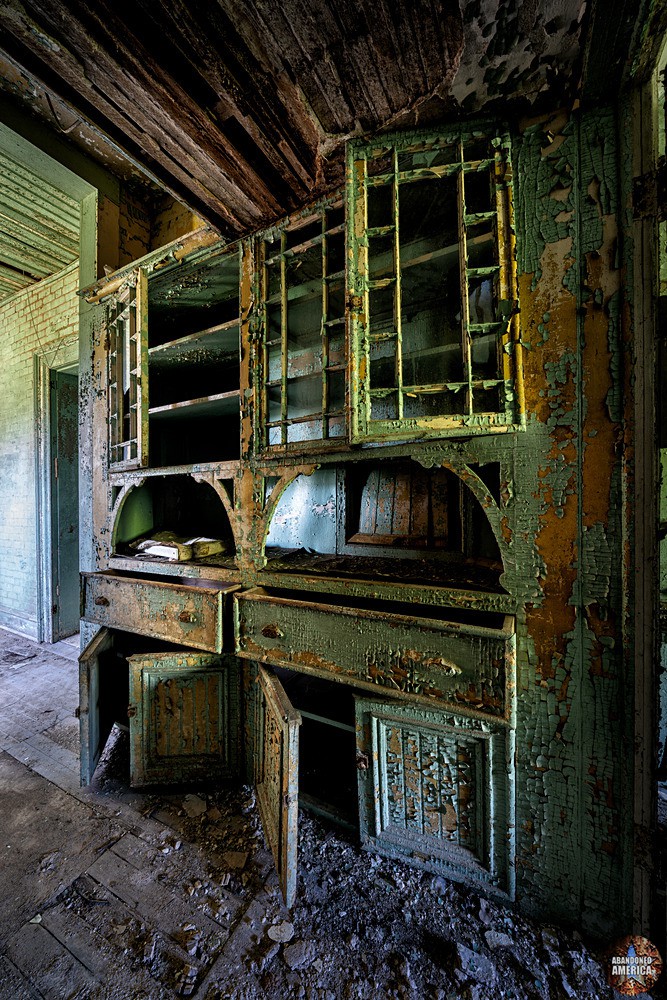
Time is running out, however. There is a limited window of time to make this vision a reality, and the Dunnington Mansion Foundation is likely the best shot the property will ever have. Heather acknowledges that even with the help of grants that match donations, they may not reach their fundraising goals – in which case the foundation will donate the money raised by their GoFundMe to a nearby Civil Rights museum, the local historical society, and a nonprofit that aims to reduce poverty in the region. Though the goal seems high, in large numbers even $5 or $10 can make a difference – as can spreading the word about their mission. You can visit their website to learn more about their project, follow their Facebook page for ways to help, or contribute to their fundraiser here. If they’re successful, this will be the birth of a new cultural and event space that draws visitors to the area for decades to come. If not, there’s a solid chance the mansion will be lost forever, and the land will go to another private owner. The outcome is entirely up to the generosity and support of people who prefer the former to the latter.

